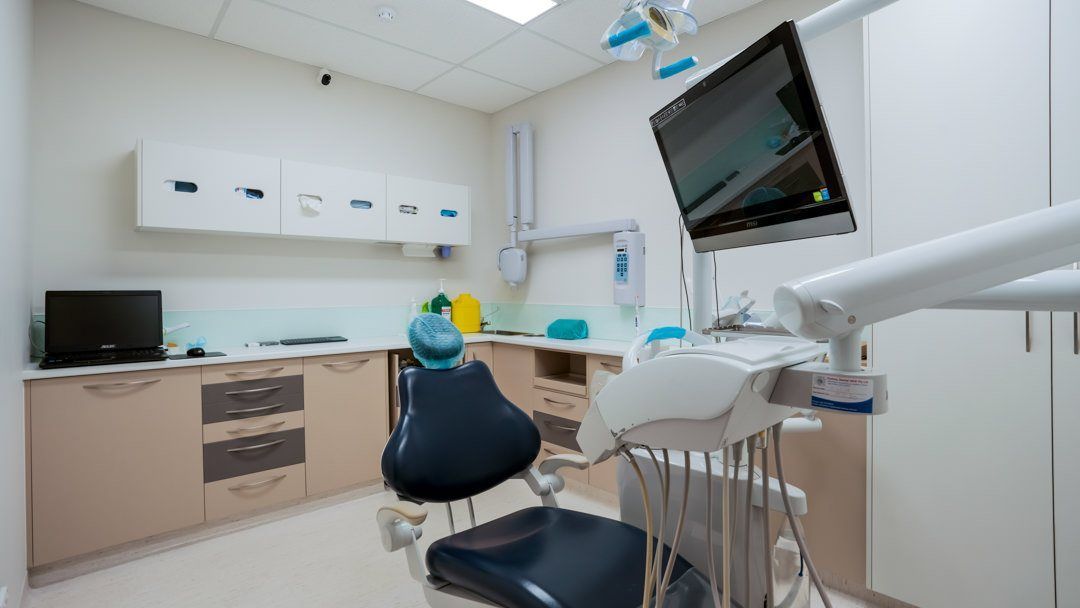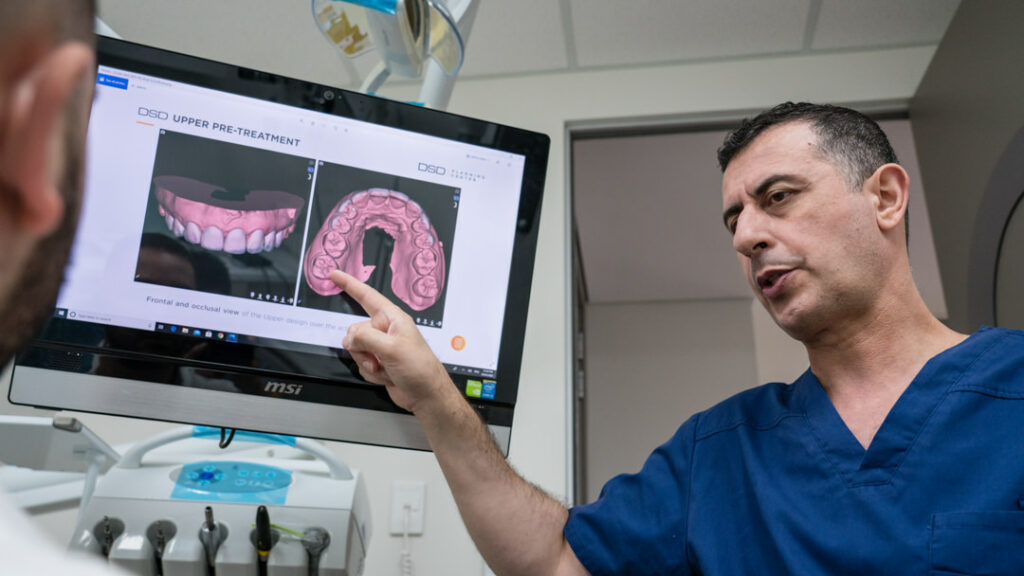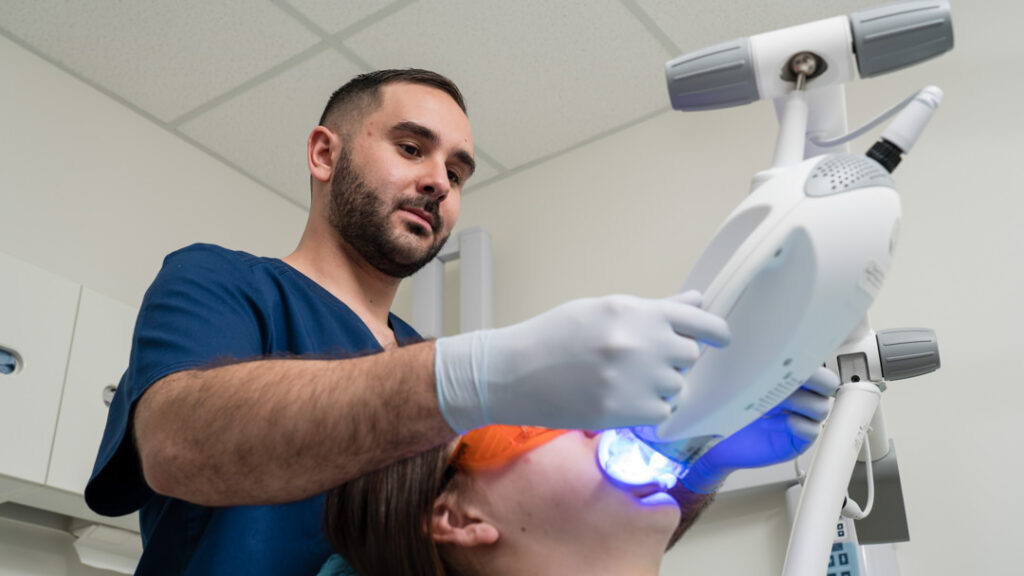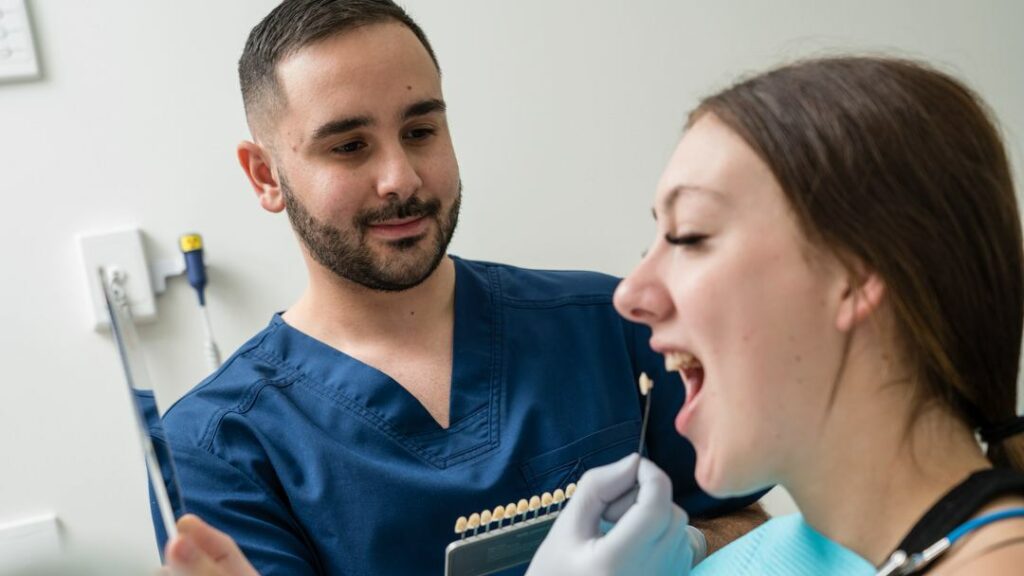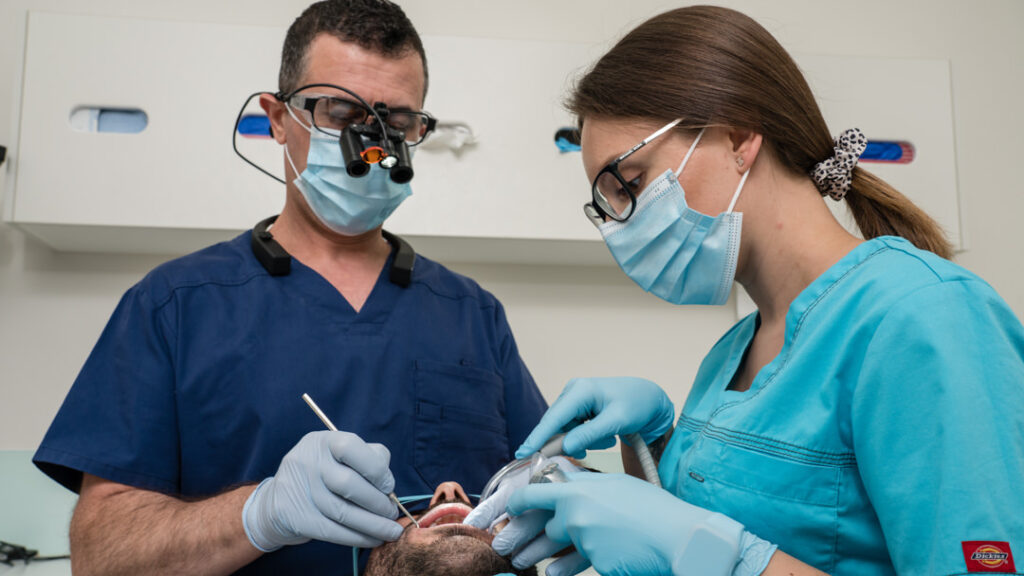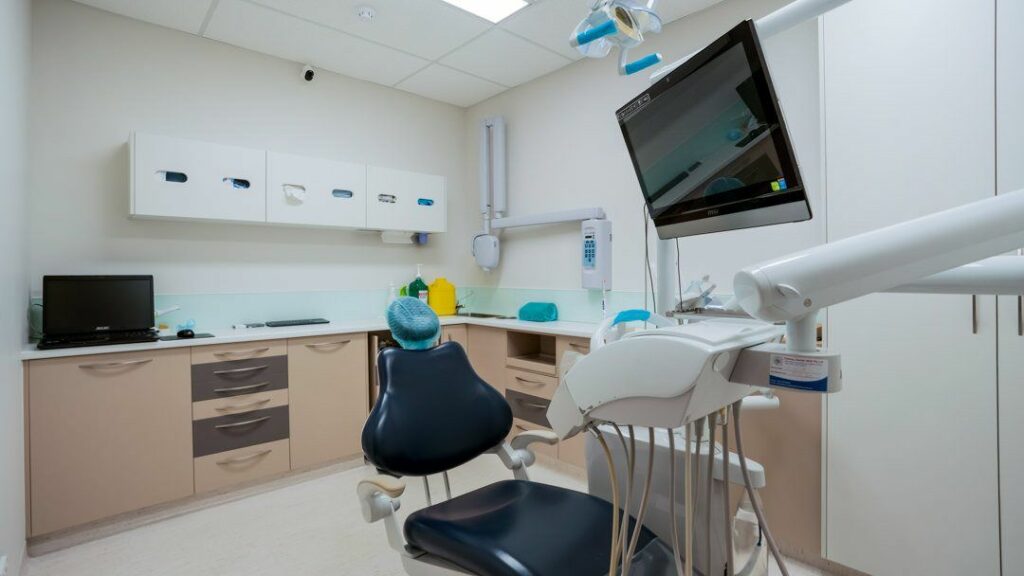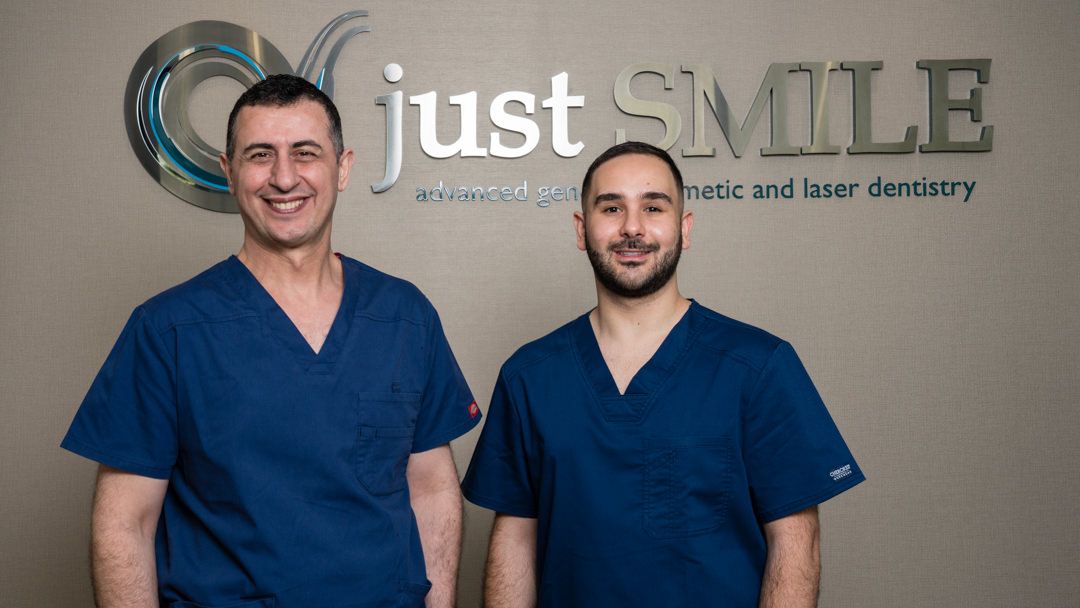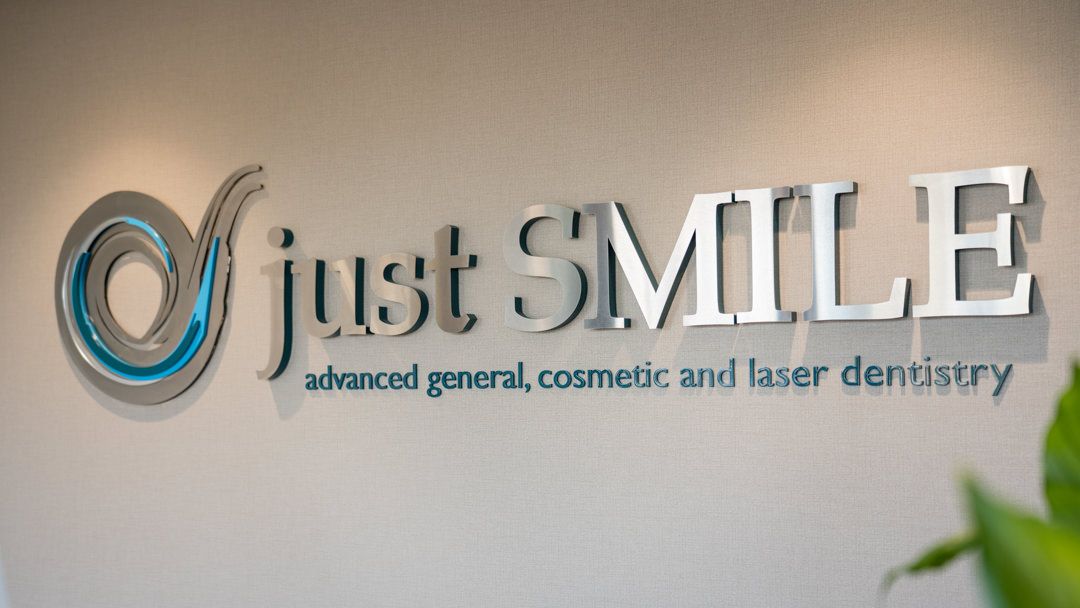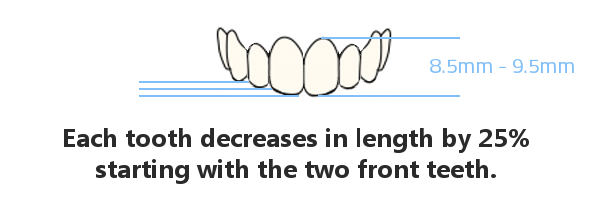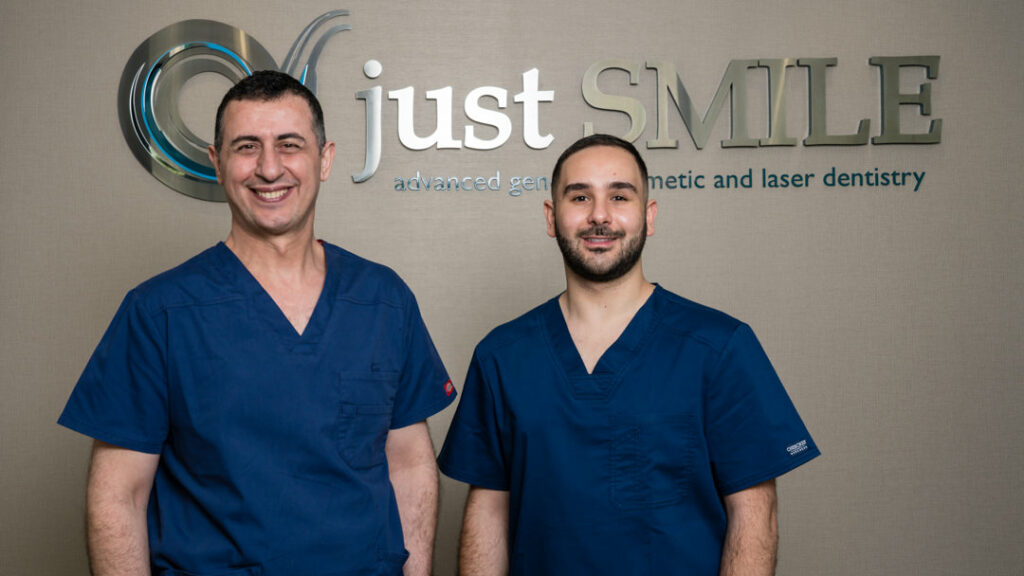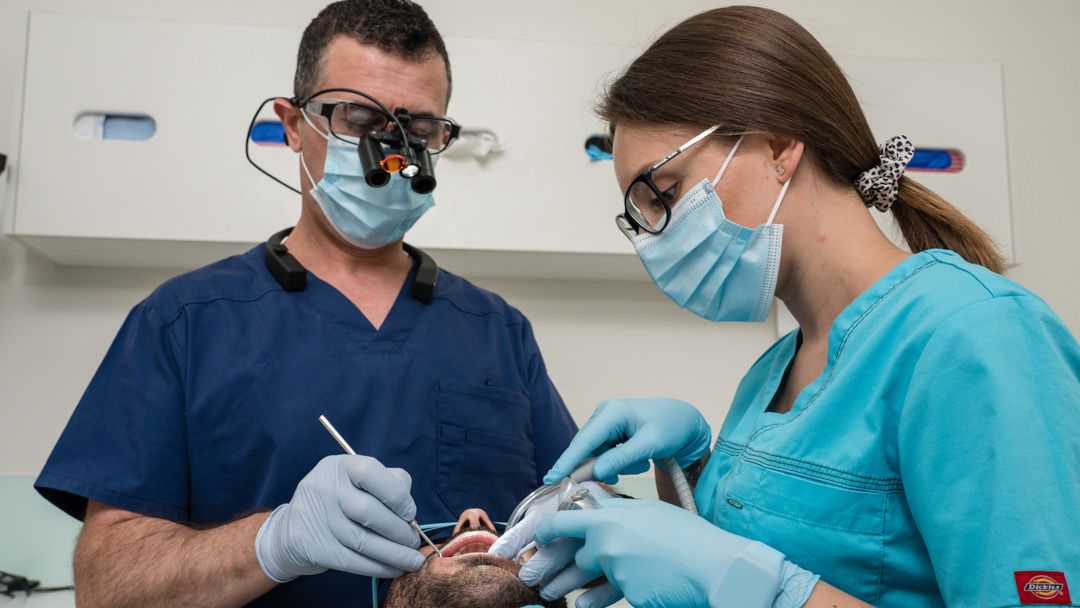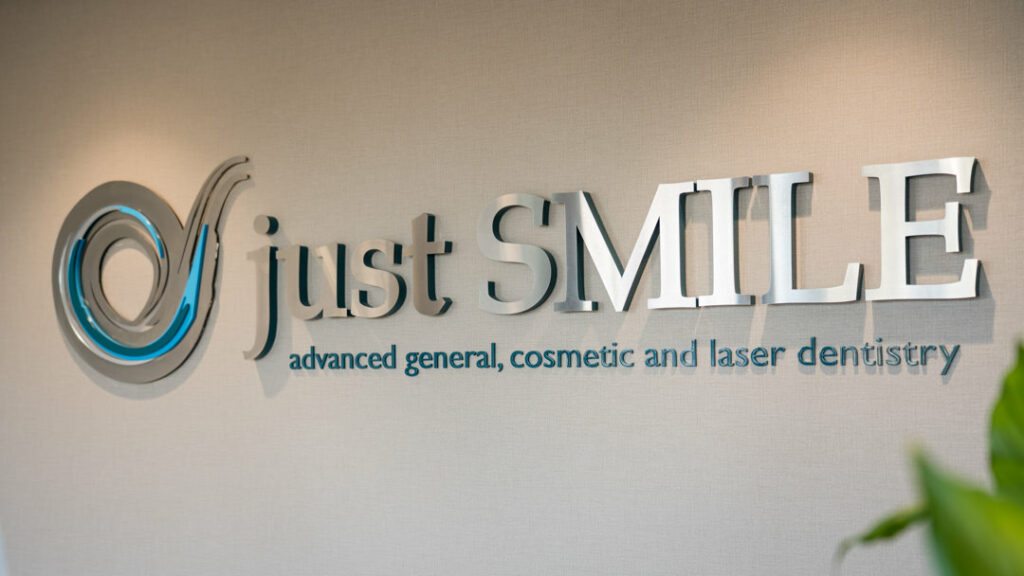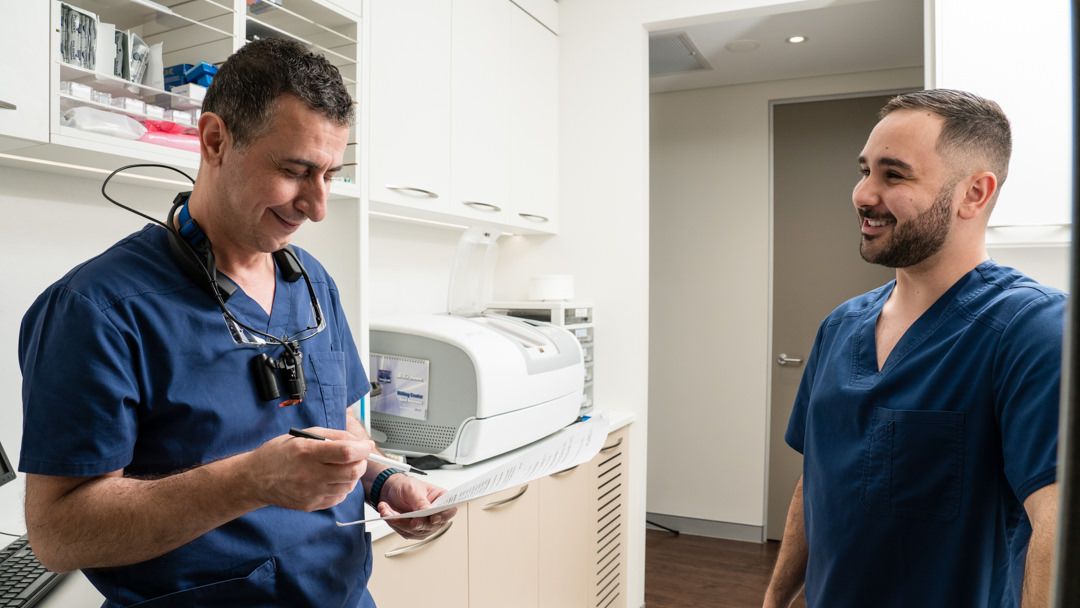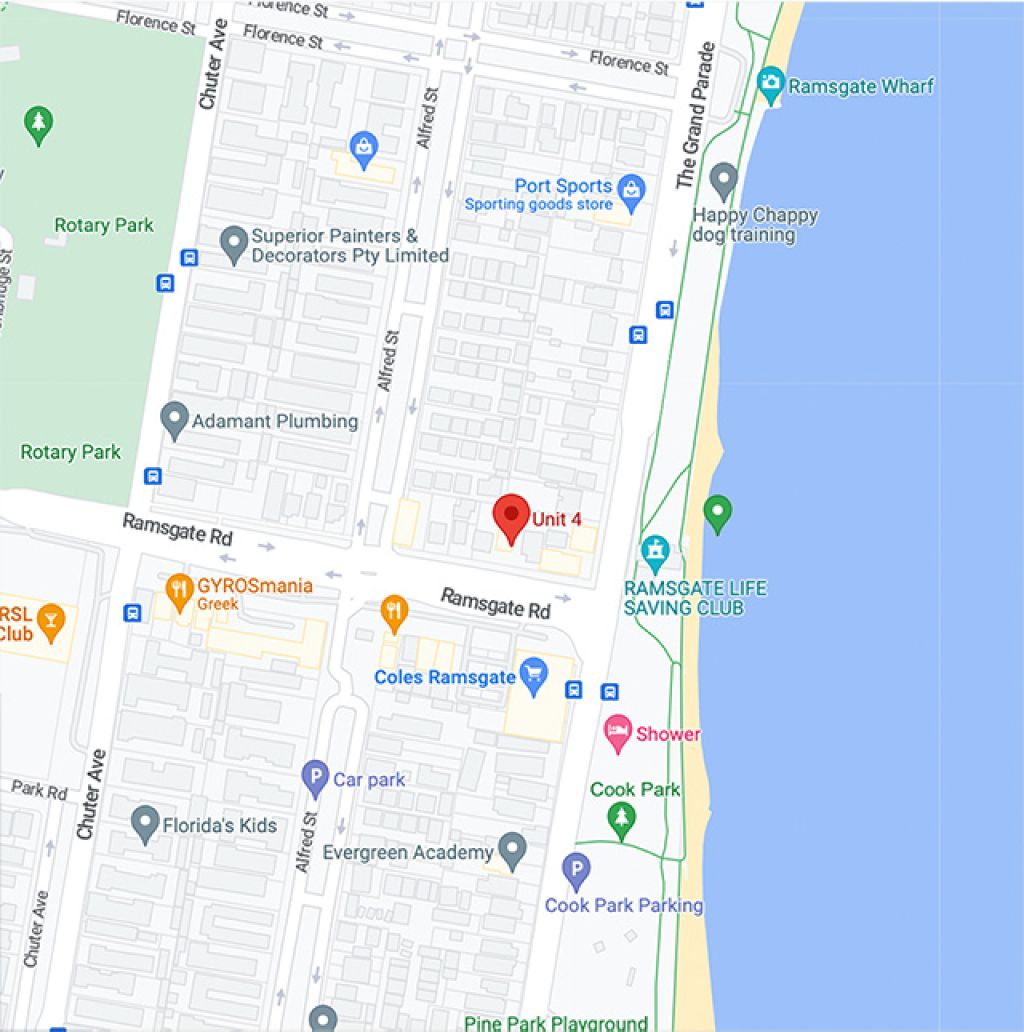How to Fix a Gummy Smile With Gum Contouring
Did you know that one out of four people in Australia is self-conscious because of their smiles? Some people are so embarrassed by how their teeth and gums look that they may try to keep themselves from smiling or laughing. This, of course, is no way to live, and no one should ever be ashamed of their smile, and that’s why dental procedures exist.
Gum contouring is an especially important procedure for those who suffer from gummy smiles. What is a gummy smile, you might ask? A gummy smile, also known as excessive gingival display, is when a large amount of your gums show when you smile.
This can make your smile look “gummy.” But why does a gummy smile happen in the first place, and what can cosmetic dentistry do to fix this problem? Keep reading and learn all about the science behind gummy smiles with this gum contouring guide.
Why Do Gummy Smiles Happen Exactly?
There is no exact definition for a gummy smile, but a person generally has a gummy smile of a large portion of his or her gums show when smiling, usually on the upper jaw. This does not necessarily mean that you have excess gingiva. Rather, your smile may appear gummy depending on the length of your teeth, the way your lips move when you smile, and the position of your jaw.
If around 4 mm or more of gingiva shows when you smile, this can be considered a gummy smile. Anything less than 3 mm of gingiva is usually not considered a gummy smile. This kind of smile can cause people a lot of problems with their self-esteem.
Unlike other dental problems, brushing and flossing your teeth won’t fix your gummy smile. But why does this type of smile occur in the first place? It usually has to do with genetic factors.
For example, if your parents or siblings have gummy smiles, it is likely that you will also have a smile of this type. The problem may have something to do with how your teeth grew in. If you have particularly long teeth, this means that your teeth overerupted when they first came in.
When this happens, the gum line often follows the length of the teeth and continues to grow along with them. This increases the length of the gum line and can often result in a gummy smile. This is especially common if your gums covered a significant amount of your adult teeth when they first erupted.
Causes of Gummy Smiles
The more of your teeth the gums cover, the more substantial the gingiva tends to be later on. However, a gummy smile may also result from excessive bone growth. The maxilla is the bone of your upper jaw.
Again, due to genetics, some people experience excessive growth in this bone. If this bone becomes unusually lengthy, your gums will grow to cover the bone, and this can lead to a gummy smile. In rare cases, some medications can cause gummy smiles as well.
For example, some anti-seizure medications cause a problem known as gingival hyperplasia. This is when your gums start to grow excessively around your teeth. If you think this is the case with your gummy smile, it is important to stop taking that medication and get dental treatment as soon as possible.
Gingival hyperplasia often leads to periodontal disease, which can be dangerous since it can lead to tooth loss if untreated. In the case of normal gummy smiles caused by genetic factors, you might be wondering if there is anything you can do to fix the problem. There are many treatment options to choose from, but one of the most effective is gum contouring.
What You Need to Know About Gum Contouring
Gum contouring is also known as gingival sculpting. Its aim is to reduce the appearance of your gums so that you no longer have a gummy smile. This is possible by removing some of the gingivae at the tops of your teeth.
However, in some cases, gum contouring may also be used to restore gum tissue if you are suffering from receding gums. Most of the time, gum contouring is not necessary as a medical procedure. Only in rare cases such as periodontal disease may this be considered a medical procedure.
In that case, your dentist would use gum contouring to remove diseased gum tissue. This can prevent periodontal disease from getting any worse. However, it is usually done for cosmetic reasons.
For that reason, it is not covered by dental insurance, and you will have to pay for it out of your own pocket. Gum contouring is always conducted by a specialist who is familiar with gums and their importance to your overall dental health. This is important because if you get too much of your gingiva removed, you could suffer from exposed dental roots or experience tooth sensitivity as a result.
But when done properly, you should not need to worry about any dental problems, and you should be free of your gummy smile. But what should you expect from this kind of procedure, you might ask?
The Details
The first thing you should know is that your dentist (usually a cosmetic dentist or a periodontist) will use a special laser or a scalpel to cut away your excess gingiva.
This may sound like a painful and serious procedure, but it is actually quite painless and straightforward. Before you go in for this procedure, you will first need to consult with your dentist and discuss what kind of results you’re hoping to achieve from this procedure. Your dentist will also give you some pointers and tell you what is realistically achievable with gum contouring.
Once your consultation is over, you’ll need to make an appointment for the gum contouring procedure. There is not much preparation needed for this procedure, but your teeth should be clean when you go in for the appointment.
Understanding the Gum Contouring Procedure
You only need one appointment for this procedure, and it is typically performed in your dentist’s office. You will be awake for the duration of the procedure, but keep in mind that you should not feel any pain. This is because your dentist will give you a local anaesthetic.
This will numb the treatment area. If anything, you might feel some pressure in the treatment area, but not pain. There are two ways of proceeding with the procedure: a laser or a scalpel.
When using a scalpel, the dentist will carefully cut away the excess gingiva around your teeth. This will expose a larger amount of your teeth without exposing the roots of the teeth. When using a scalpel, sutures will be necessary to close the cut portions of the gums.
These sutures will either dissolve on their own after a certain period of time, or your dentist will remove them at a later time. When using a laser, sutures are not usually necessary. This is because the laser will cauterize the treatment area and close the cut portions of the gingiva.
Using a laser is often preferred by many dentists today for many reasons. Namely, using a laser speeds up the healing process and also reduces the chance of infection. This is because the heat of the laser burns away any bacteria in the treatment area.
It also reduces bleeding due to its cauterizing effect. Your dentist will work to reshape your gums and secure them around the tops of your teeth. That way, when the gums start to heal, they will heal in the right position.
What You Need to Know
This new position will reduce the appearance of the gummy smile you originally had. The length of the entire procedure will depend on a variety of factors. Usually, it lasts between one and two hours.
If you have a lot of gum to work with, the procedure may take even longer. The cost of the procedure can also vary depending on how much of your gingiva you are getting treated. For example, if you are only treating excess gum growth on one tooth, you may only need to pay a few hundred dollars.
On the other hand, if you want to cut away the excess gingiva for your entire top row of teeth, you may end up spending a few thousand dollars instead. It is not usually more than $3,000 to do this.
Again, because this is typically a cosmetic procedure, dental insurance will not cover it, and you will have to pay for the procedure yourself. However, if you need to get this procedure done for medical reasons such as for treating periodontal disease, it may be possible to get your dental insurance to cover it.
Once the procedure is done, you can go home and resume your life. However, you will need to take special care of your gums until they heal.
How to Recover From Gum Contouring
The recovery time for gum contouring can vary between a few days to a few weeks. The length of the recovery period will depend on how much gingiva you had removed. The more gingiva you removed, the longer you will need to recover, and this is especially true if you treated multiple teeth at once.
In the days following the procedure, you will notice that your gums will be red, tender, and swollen. These are all normal side effects, and you shouldn’t worry about them as they will go away on their own. However, if you think you are experiencing unusually severe swelling or pain, you should consult with your doctor as you may have contracted an infection.
If your dentist treated your gums with a laser, an infection will not be very likely. For the first few days, you will want to avoid anything that may irritate your gums, such as hard foods. For that reason, eating soft foods such as soup or yoghurt will be a good idea.
Your dentist will have likely given you some advice on how to recover from this procedure and which foods you should avoid until your gums start to heal. After about a week, you will need to return to your dentist for a follow-up appointment.
This will give your dentist a chance to look over your gums and make sure they’re healing properly.
The Healing Process
Your dentist can also check if there are any signs of an infection. Your dentist will likely you prescribe you an antibiotic to take while you heal.
This will reduce your risk of infection. This is important because an infection could ruin the recovery process and, in some cases, it could be dangerous to your overall health. For a few days after the procedure, your gums may also hurt, especially once the local anaesthetic wears off.
To treat this pain, it will be a good idea to use some OTC pain medication. Eating cold foods or holding an ice pack against your mouth will also help since the cold can help numb the pain and reduce any swelling you may have. After about a week, your gums should be mostly healed, and you can admire the results of the gum contouring procedure.
All About Gum Contouring
Gum contouring is a procedure designed to treat gummy smiles. A gummy smile is a smile that displays excess gingiva. This usually occurs due to genetic factors.
Gum contouring works by cutting away this excess gingiva and revealing more of the teeth underneath. This can be very beneficial to those who are embarrassed by their gummy smiles. To learn more about treating this dental problem with gum contouring, don’t hesitate to contact us here.
